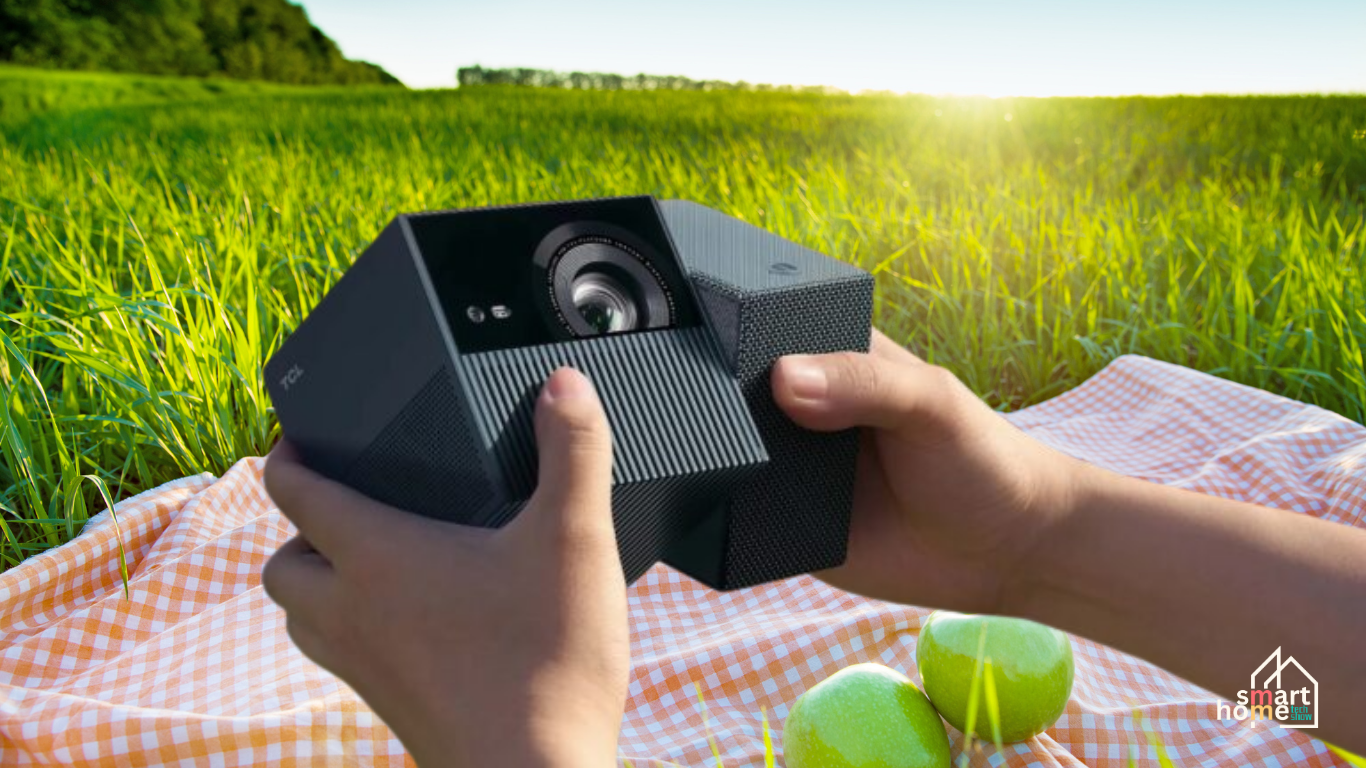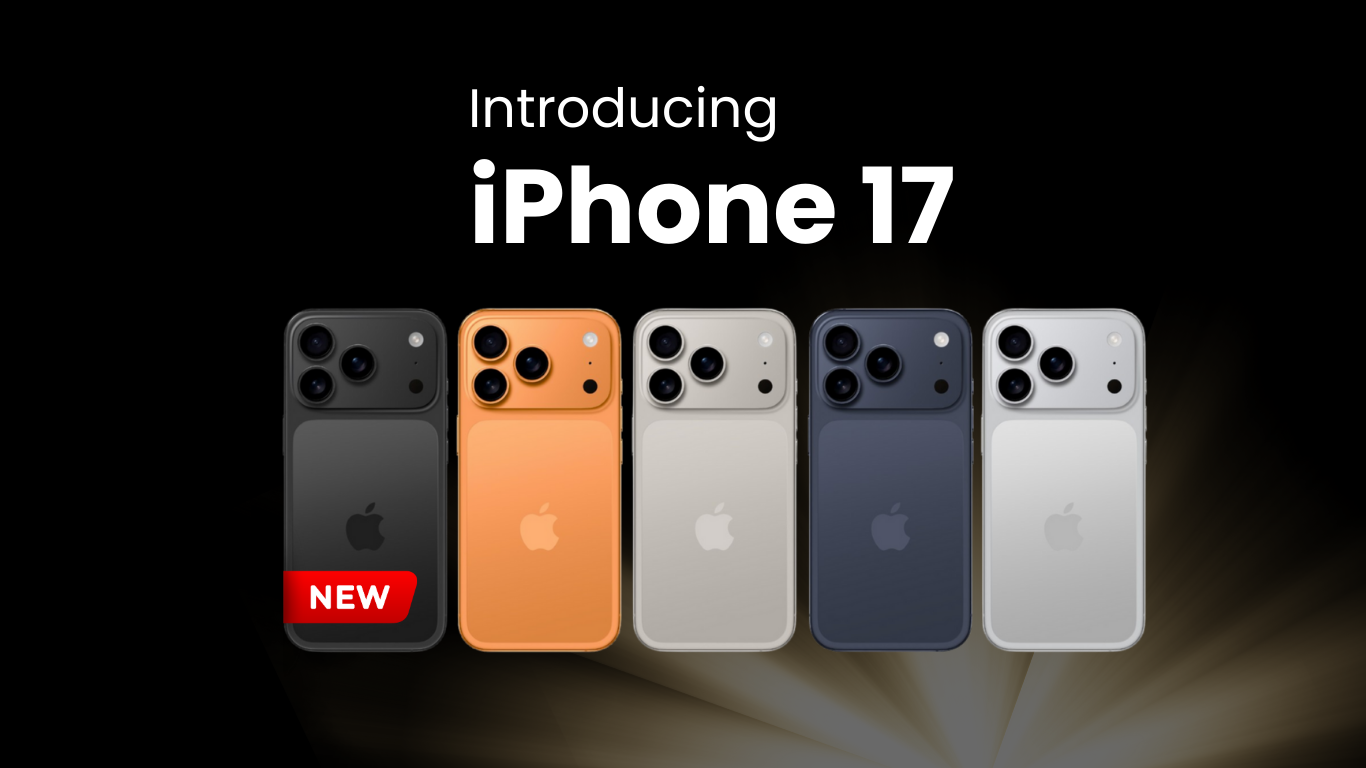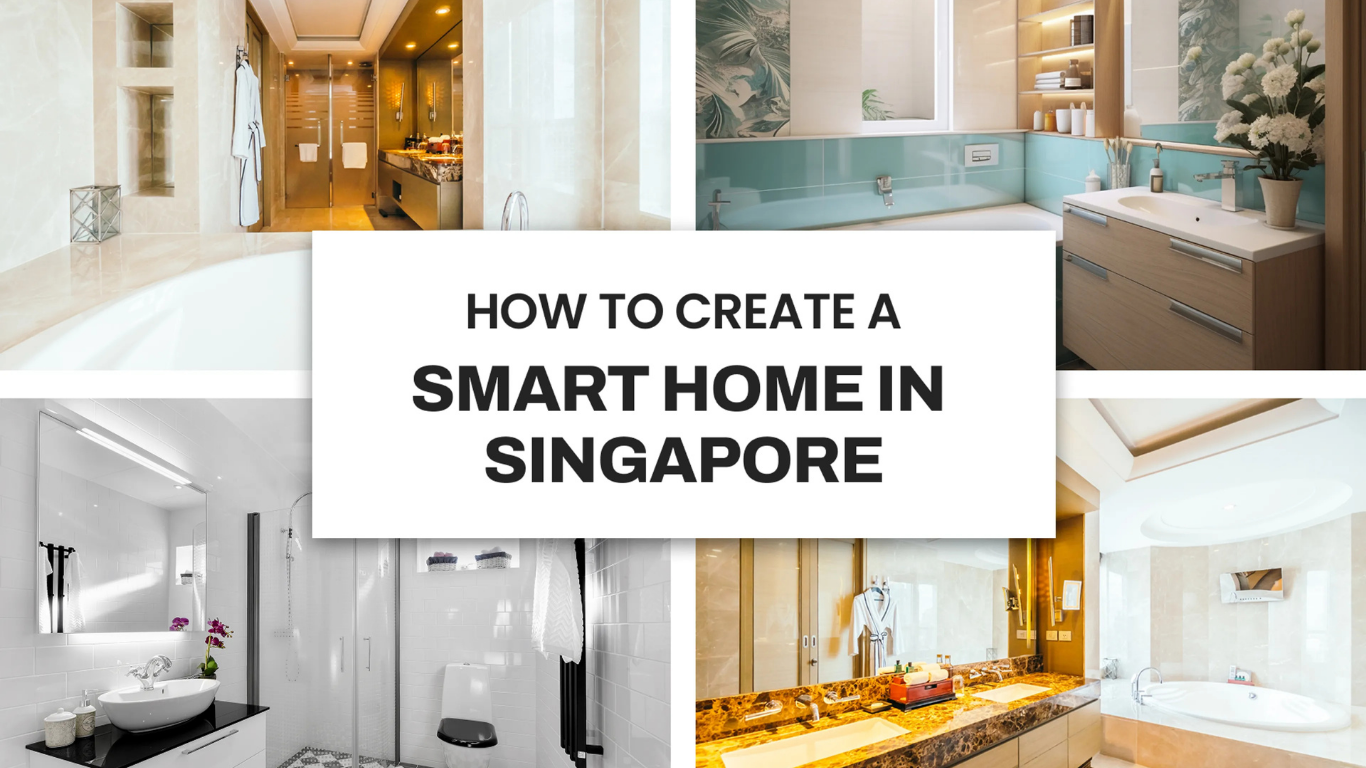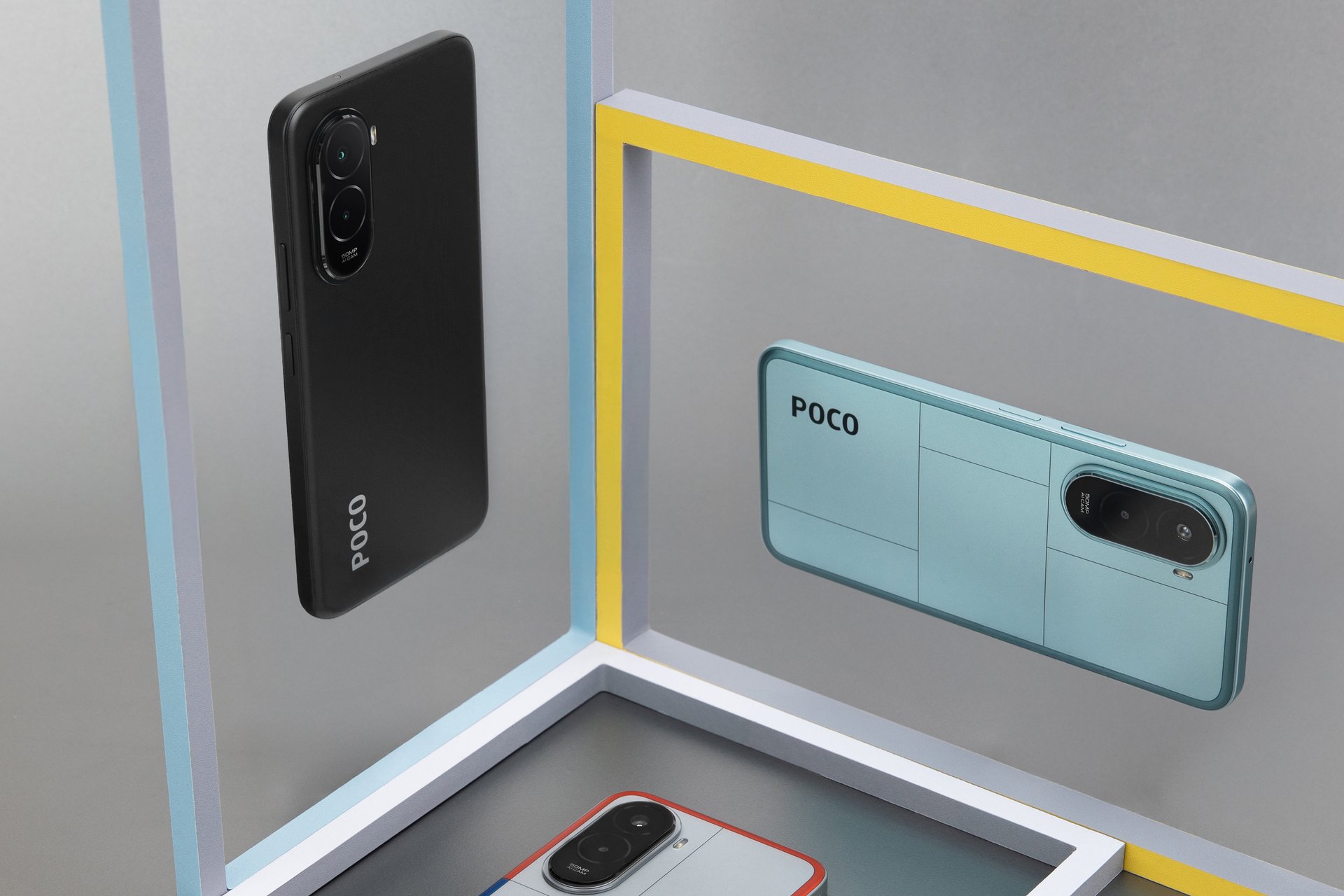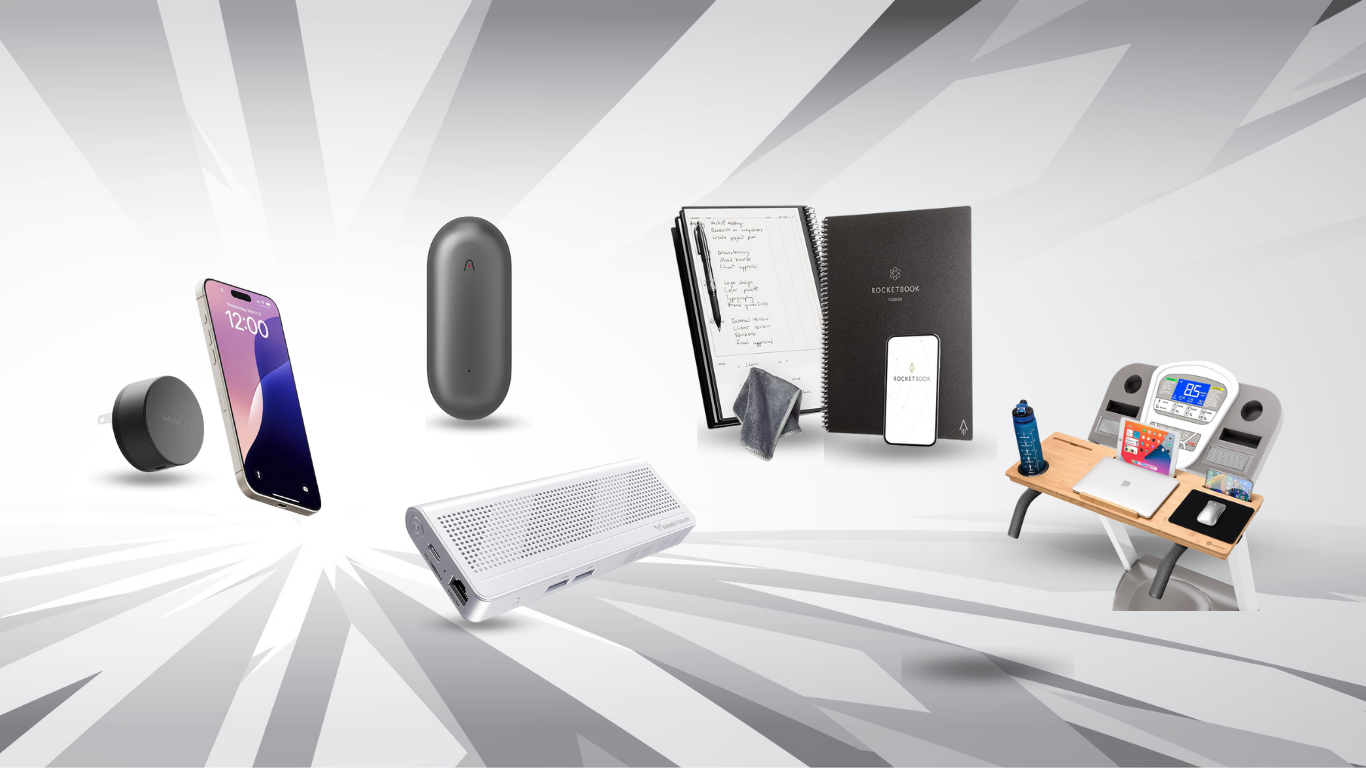From Tin Roofs to Tech-Enabled Living
Sixty years ago, a typical Singaporean home might have featured wooden floors, a charcoal stove, and ceiling fans to fight off the tropical heat. Today, we live in smart-enabled flats that allow us to control lights, locks, and air conditioning with a tap or voice command. In celebration of SG60, we’re taking a nostalgic yet forward-looking journey through the evolution of Singaporean homes.
1960s – The Kampong & Early HDB Days "When Doors Were Never Locked"
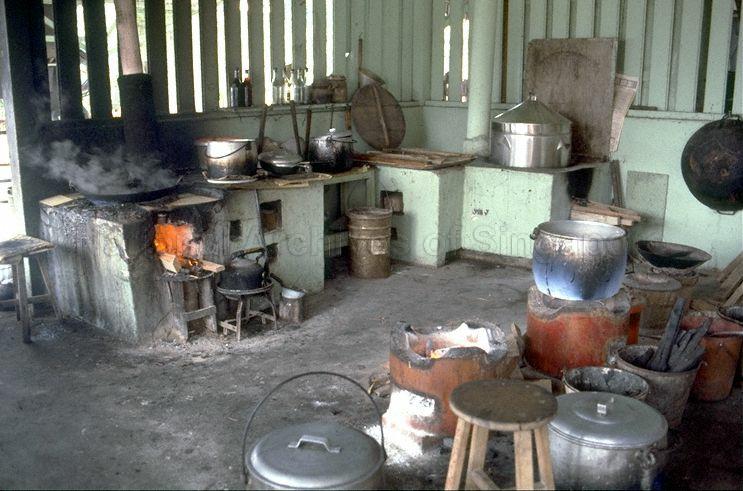
Image courtesy of National Archives of Singapore
Back in the 1960s, a typical home in Singapore was simple and communal. Charcoal stoves were used for cooking, while iceboxes stood in place of modern refrigerators to keep food cool. Families shared communal kitchens and toilets, and ceiling fans or wide-open windows were the only forms of ventilation. Many lived under wooden or zinc roofs, with bare furnishings that reflected a minimalist lifestyle. Home security was hardly a concern, most doors were left open, fostering a strong sense of trust among neighbours. And for entertainment, those who were fortunate enough gathered around a small black-and-white television, often the pride of the household.
1990s – The Comfort Upgrade Era "Colour TVs, Landlines & First Aircons"
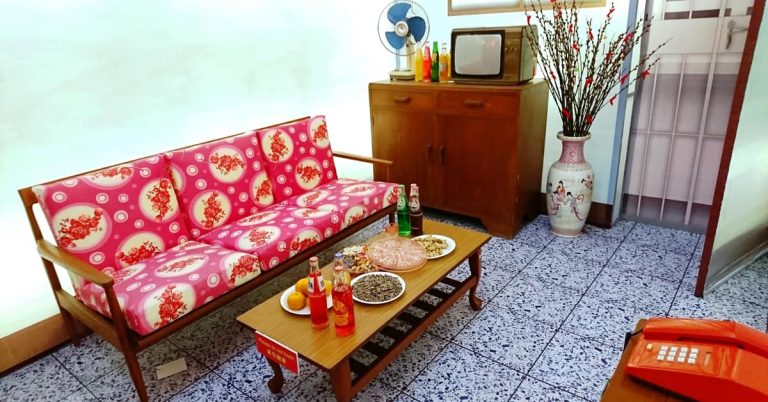
Image courtesy of Heritage SG Memories FB Group
By the 1990s, Singaporean homes had become more comfortable and well-equipped for family living. Full kitchen layouts with gas stoves, refrigerators, and microwaves became standard, making home-cooked meals easier than ever. Basic intercom systems and home phones were common fixtures, improving security and communication. Many HDB flats featured window grills and metal gates, reflecting a growing awareness of home safety. Entertainment took a leap forward with colour TVs, VCD players, and pagers, while portable fans and the first air-conditioners offered much-needed relief from the heat. These homes were thoughtfully designed for urban families, blending function, convenience, and emerging technology in everyday life.
2020s – Smart Living Starts at Home "Hey Google, Is the Door Locked?"
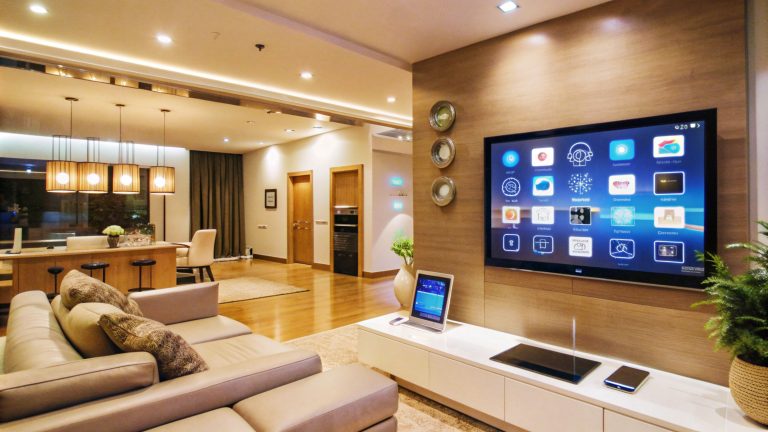
Image courtesy of Freepik
Today, Singaporean homes are smarter, safer, and more connected than ever before. Digital locks, facial recognition systems, and video doorbells have redefined home security, offering peace of mind at the tap of a screen. Motion sensors and air quality monitors add layers of protection and wellness, especially for families with elderly members. Daily tasks are streamlined with voice assistants that control lights, fans, and reminders, while robot vacuum cleaners handle the cleaning. Energy-efficient lighting and appliances are often synced to smartphones, promoting both sustainability and convenience. Modern living spaces also feature modular furniture that maximises space, a must in urban homes. Smart tech is no longer a luxury; it’s a thoughtful upgrade for a safer, more efficient way of life.

